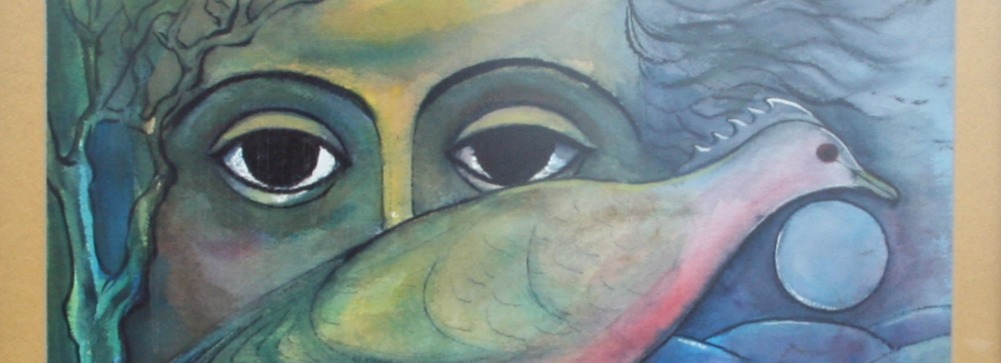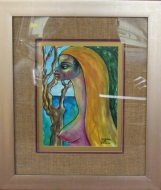 Christopher Gonzalez was born in 1943 in Manchester, Jamaica. In 1963, he was among the first diploma graduates of what was then still known as the Jamaica School of Art and Crafts, along with Kenneth Kellyman (Painting) and Gasseth Brown (Sculpture). He had studied there under the Scottish-born sculptor Bill Broome, who served as head of the Sculpture department and Deputy Director of Studies at the time. Gonzalez continued his studies at the California College of Arts and Crafts in the early 1970s, where he obtained an MFA. His studies also included travel to Mexico and Scandinavia, where he encountered the work of the Norwegian sculptor Gustav Vigeland, whose mystical symbolism and interlocking organic forms became a lifelong influence. He also taught at the Jamaica School of Art from 1964 to 1969 and again in the 1970s. He served as head of the Sculpture department from 1977 to 1979, when he moved to Atlanta to take up a position as Artist-in-Residence at the Spelman College, one of the historically Black colleges in that city.
Christopher Gonzalez was born in 1943 in Manchester, Jamaica. In 1963, he was among the first diploma graduates of what was then still known as the Jamaica School of Art and Crafts, along with Kenneth Kellyman (Painting) and Gasseth Brown (Sculpture). He had studied there under the Scottish-born sculptor Bill Broome, who served as head of the Sculpture department and Deputy Director of Studies at the time. Gonzalez continued his studies at the California College of Arts and Crafts in the early 1970s, where he obtained an MFA. His studies also included travel to Mexico and Scandinavia, where he encountered the work of the Norwegian sculptor Gustav Vigeland, whose mystical symbolism and interlocking organic forms became a lifelong influence. He also taught at the Jamaica School of Art from 1964 to 1969 and again in the 1970s. He served as head of the Sculpture department from 1977 to 1979, when he moved to Atlanta to take up a position as Artist-in-Residence at the Spelman College, one of the historically Black colleges in that city.
Gonzalez’s talents were recognized from early on. While still a student in 1963, he was commissioned to produce an abstract relief sculpture for the Jamaica Manufacturers Association, as part of a project brokered by Aaron Matalon. His first public commissions came in 1965. One was a portrait but of George William Gordon for the Morant Bay Rebellion shrine at National Heroes Park in Kingston, where it stands in the company of the half-body version of Edna Manley’s Paul Bogle statue. The other was a Coat of Arms relief for Vale Royal. In 1975, Gonzalez also produced the two sculptures – titled Birth of the Nation and Unity of the Nation – for the Norman Manley shrine at National Heroes Park. Gonzalez received the Institute of Jamaica’s Silver Musgrave Medal in 1974, as one of the youngest artists ever to be granted such an award.



